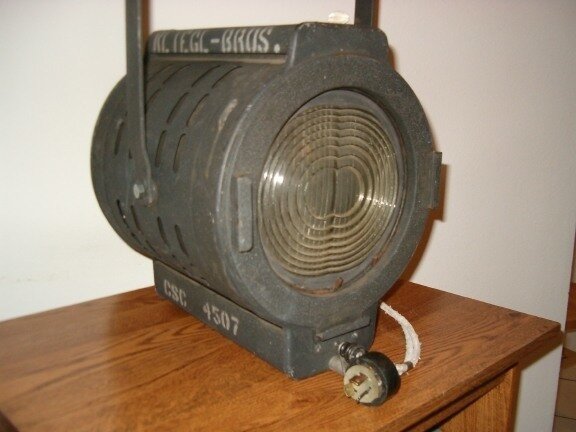Jon Majors
Active Member
I have a stage that is 52' wide and 38" feet deep, 4 total electrics and the 1st is dead hung. I have a variety of ERS barrel options, and Altman Par 56s. Given this information, how many fixtures would you place per electric batten? I know it's a broad question, but I want to get a sense for how other theatres use their electrics, on a day by day basis. Do you use 50 deg. barrels on ERS? How many would you use on a standard plot? Do you focus straight down, or angle some for high sides? Looking forward to hearing how others plot their electrics!



